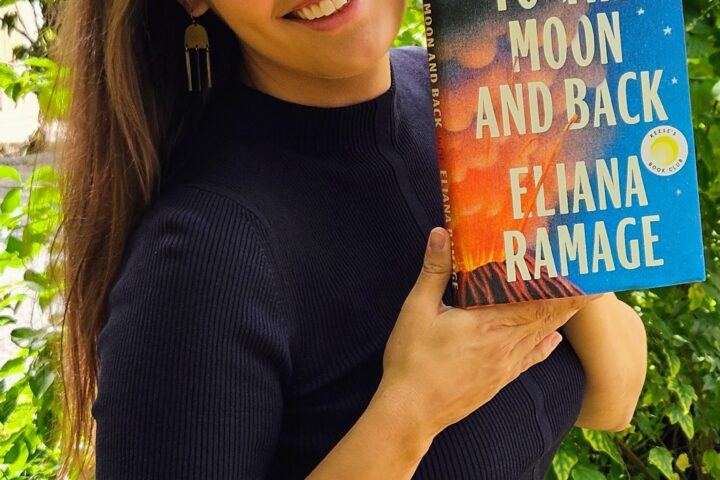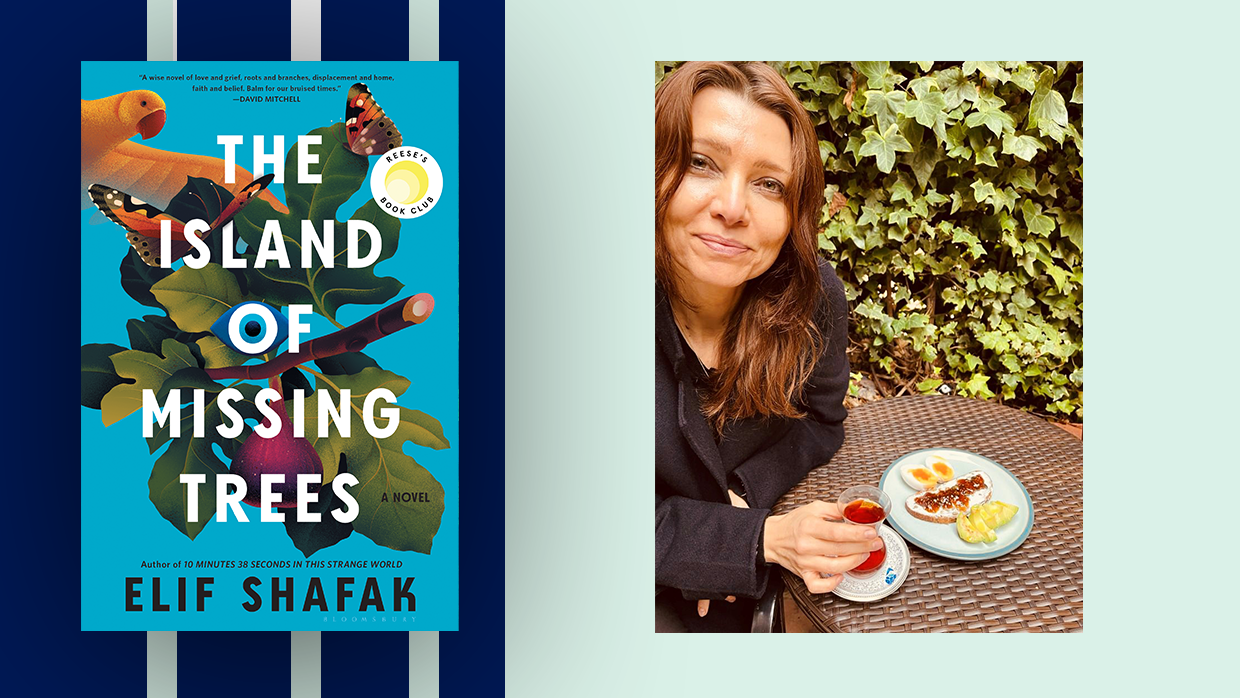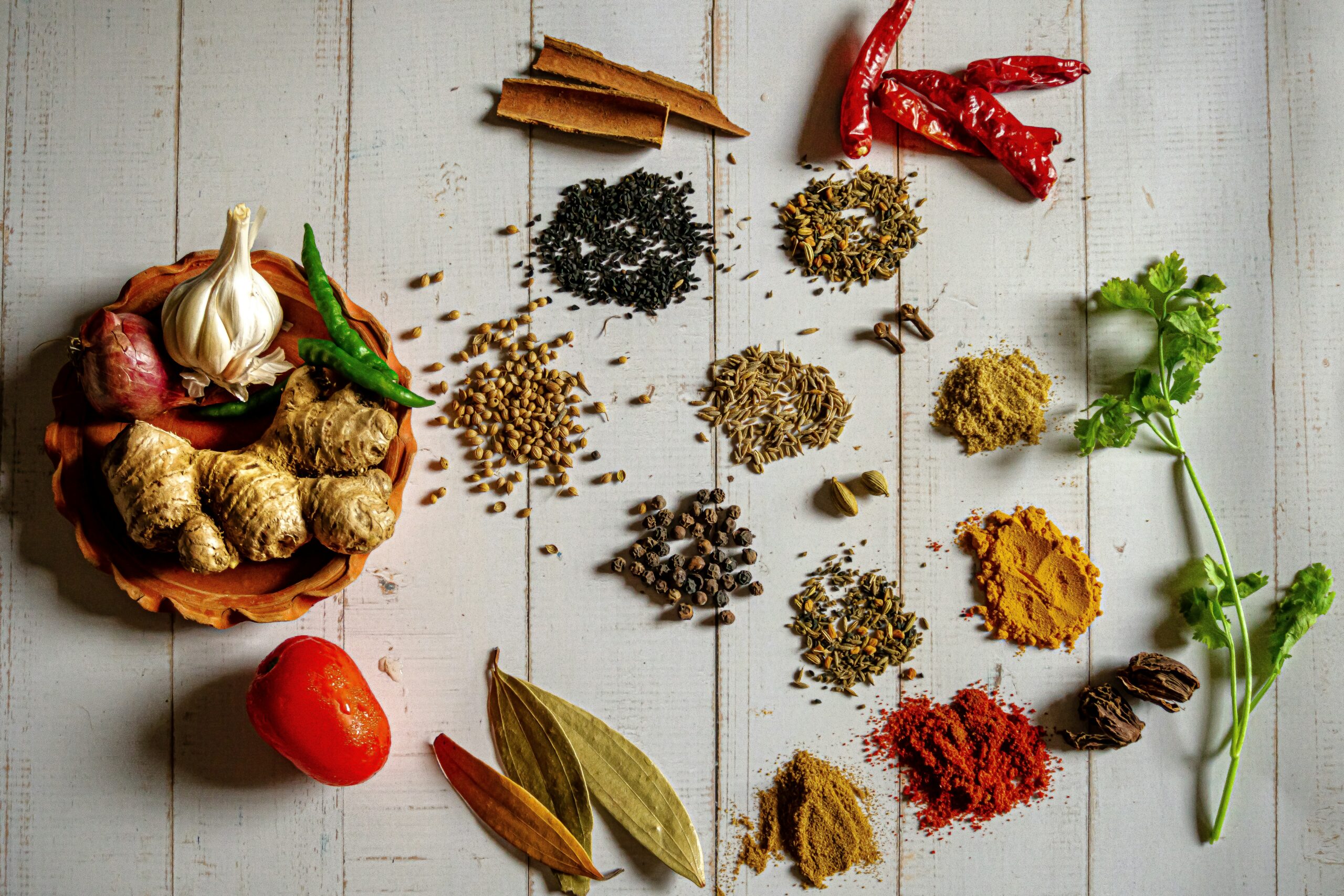Writer’s on Writing
Author Eliana Ramage joins us for a Q&A about To The Moon and Back.
TO THE MOON AND BACK follows Steph’s dream of becoming the first Cherokee astronaut. What initially sparked the idea for her journey, and what drew you to writing about themes of space exploration and scientific ambition?
The short answer is that I watched Star Trek as a kid, with my brothers!
The longer answer starts way back, to the first Cherokee story I remember hearing: Removal, the Trail of Tears. And, while that story was true and foundational to me as a Cherokee child, it held me at a distance from thoughts of our collective future. Because my baseline for Cherokee identity had always been attached to a baseline of “being traditional,” when I thought of our present and future I thought of loss.
That loss is real, as are the terrible injustices we see today. But in this novel and in my life I have tried to write against that. I’ve come to be a militant optimist, and I love being in and of the world. In the struggle to make sense of the current moment, and to fight for one another, I think there’s an innate hope.
Science entered the novel as one way that people can choose that hope, and sign onto a group project of humanity. I wondered what it would be like to have a character who thinks she has detached herself from other people. But she’s obsessed with space travel…something that so clearly symbolizes a hopeful future!
I also love the implications that space travel would have for Cherokees. If you forcibly remove a people from their homelands to what is now Oklahoma, and of course some of us have chosen to leave Oklahoma or even the US—then what? What would it mean to be Cherokee on Mars?
Early readers have resonated with Della and she’s emerged as a fan favorite. Was there a particular scene involving Della that was especially meaningful for you to write?
She’s my favorite, too. Actually, long before this was an astronaut book, the first pages I wrote were Della’s. The most meaningful part for me to write was her ending, though I won’t get into the specifics here. It was one of the most difficult parts of the book for me, because I cared so much about leaving her in a good place.
This book covers so many years, and one of the ideas it’s interested in is how we make decisions (especially in early adulthood) that take our lives off of one track and onto another. Knowing that Della’s life could have ended up in any number of different ways, plenty of them good enough or true enough, I felt especially committed to helping her choose what I would really wish for her, if we were friends.
As a Cherokee woman, how did writing characters like Steph, Kayla, and Della deepen your connection to your own cultural identity? Were there elements of your lived experience that made it into the book?
Yes! There are so many examples of parts of my life that inspired the book: the years I spent studying Cherokee with my friend-turned-family-member Greg, trips to Oklahoma and North Carolina (Cherokee homelands, where Eastern Band is), the first real Cherokee tri-council meeting that I got to attend with family, and the Native student association that was my primary home and social group in college.
But the most meaningful connection to real life comes from my brother Noah Ramage, who is a Cherokee historian! I still can’t believe my luck—both that he’d have the knowledge and context that I was missing, and that he’d spend hours across years helping me.
I didn’t want the family’s history to be the symbolic idea that carries so much weight for people, like “the ancestors.” I wanted it to be specific, in a political and historical Cherokee context that’s very different from the one we tell easy stories about. When my brother was working on his dissertation, he invited me to join him at the Western History Collections through the University of Oklahoma. He taught me how to look at microfiche, and next thing I knew we were reading typed and handwritten letters by Cherokee people who were related to us, which was surreal.
I wanted that for Steph, particularly as she’s determined to detach herself from the past and its people. So I decided that up until the year 1860, my real ancestors would stand in as the basis for Steph’s ancestors. My family has a complicated relationship to assimilation and the Indian Removal Act, a relationship that for me questions what it means to belong to your people, or to pass down stories about them.
Lending Steph a research-based Cherokee history didn’t make for any simple answers. But it raised questions. And, importantly, it added Steph to a conversation that had begun long before her. It’s a conversation my family is still having.
How did Steph and Della’s relationship evolve over the course of your writing process? What was important to you in crafting an authentic queer romance?
Where do I start?! It’s so hard to do this one without spoilers, because they go through so many different phases—both together as a couple, and as people trying to make space for their dreams as individuals. I love that they meet each other on their first day out of their parents’ homes, on their own, and I love that they become each other’s first love. The timing of that is important, because they meet at such an important time of change for young adults—especially for them as queer young adults, who haven’t grown up with models for what a queer adulthood or partnership could look like.
There are many complex family dynamics throughout the book. How did you approach creating these unique family structures?
I actually think the “most LGBT” aspect of this book isn’t the Steph/Della love story. It’s the open question at the heart of the book, for all of its characters, of what makes a family. This is a book about single-parent families, adoptive families, stepparents, the ancestors, the cool gay aunt, chosen family, and queer family-building.
When you come out, nobody presents you with a handbook on what it could look like to have children if you want them. My experience of queer identity is linked to my experience of queer family-building, and the questions and choices that brings up are relevant to all of the queer characters in this book. Even the ones who don’t want children, which is just as interesting of a journey! It’s something we all navigate, and I wanted the book to reflect those different paths.
TO THE MOON AND BACK explores the intersections of identity, ambition, and belonging. What do you hope readers take with them after finishing the book?
This is the story of Steph’s lifelong struggle to belong. From the moment we meet her, she’s trying to come of age and find her place in a larger context: not only of family and gender and sexual orientation, and of class and what resources she has available to her to achieve her dream—but also within a complicated and shifting understanding of what it means to be Cherokee.
Steph tries to find her place in a small Cherokee community, at an elite college, across the world, and maybe—she hopes!—in space. But she struggles to connect with other people, and she’s being raised by a mom who insists that honoring the ancestors and the Cherokee past will ground her. And maybe even save her.
But this book is interested in what comes next. It’s about hope, in the future and in one another. It’s about our responsibility to better the world for future generations. Science is a meaningful contribution to humanity, and being an astronaut is the most consistent way Steph expresses love for the people she sometimes struggles to show up for on earth. Her ambition could be selfish or giving. It could be running away, or it could be running towards.
What does it mean to show up and to belong to one another as Cherokees today? What will it mean in the future? I think, even if we’re living on Mars, Cherokee people will be shaped by their relationships to one another.
I used to be interested in that idea as a daughter, and now I’m interested in it as a mother. Whatever family means to readers, or connection and belonging as one life in a greater universe—that’s the feeling I hope readers are left with.
Character Reads: What’s On Steph and Her Family’s Nightstand?
Author Eliana Ramage shares the books she’d recommend to characters she loves.
Steph: Saving Five by Amanda Nguyen
I hate to say it, but I think there’s no way Steph is reading fiction. I just can’t see it! She probably only reads at the gym, so she can kill two birds with one stone. Lucky for her there’s Saving Five, the powerful and true story of a woman surviving sexual assault, becoming an activist, and then—just as she’d always hoped—making it to space.
Kayla: Big Chief by Jon Hickey
Kayla may be a busy mom slash activist slash social media influencer, but she reads. Maybe audiobooks, on the go? I think she’d be banging down Hickey’s door to help promote this book. Once she got him to sit down with her for an Instagram Live, she’d start by asking what it means for the novel’s tribal president to “look the part”—then she’d want to talk about ambition, power, and belonging.
Della: Rainbow Rainbow by Lydi Conklin
Della has a hard time coming out, and she grew up without models for what queer coming-of-age or queer adulthood could even look like. But she’s a reader! As a kind of “you’re-gay-now” gift, I’d present her with this tender and hilarious collection of short stories featuring queer, trans, and gender-nonconforming characters seeking love and belonging. I’d bookmark the stories “Laramie Time” and “Pioneer.”
Felicia: Oye by Melissa Mogollon
Felicia desperately needs to read Oye! Her own voice is partly inspired by that of Luciana, the strong-willed, queer, spunky, and hilarious baby of a large Colombian American family. When her beloved grandmother gets sick and moves into her bedroom, Luciana is thrown into adulthood and must rise to the occasion. Felicia would read this book on her phone.



